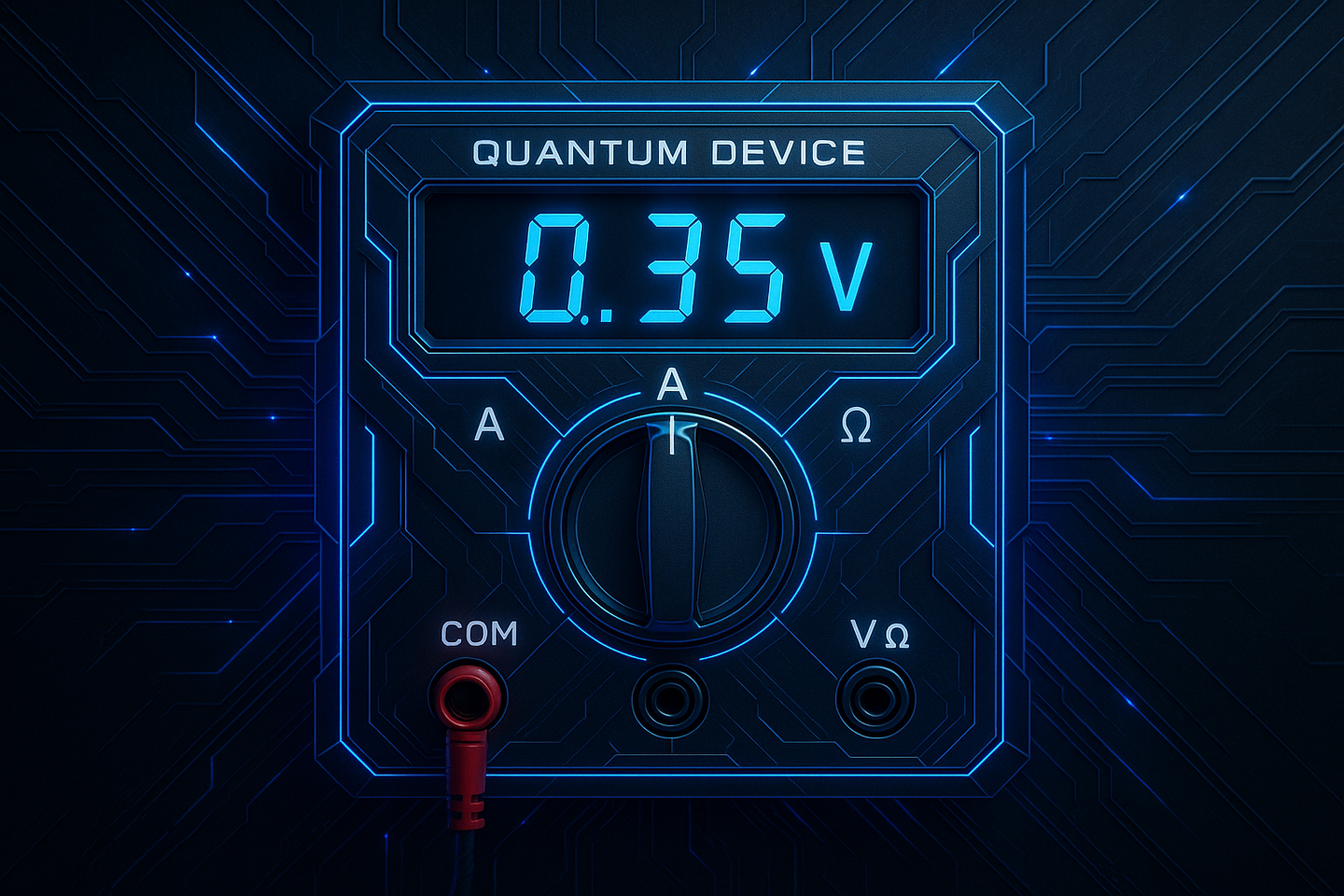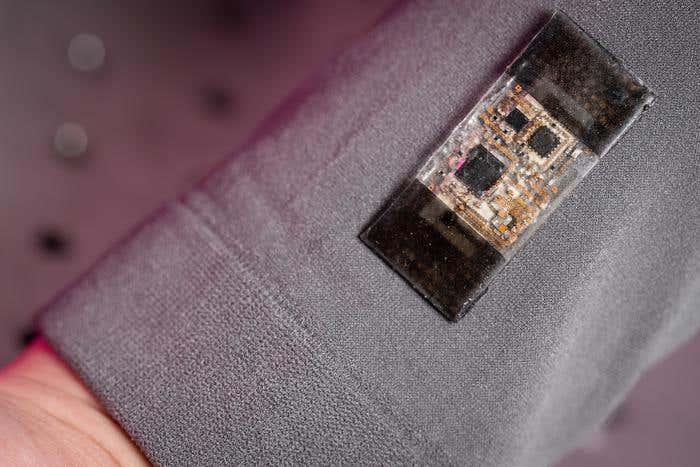Scientists build first quantum device to measure volts, ohms, and amps together
A new quantum device measures volts, ohms, and amps in one system, paving the way for cheaper, faster, and more reliable standards.

NIST researchers have built a prototype quantum device that measures volts, ohms, and amps together, promising more accurate and accessible electrical standards. (CREDIT: AI-generated / The Brighter Side of News)
For more than a century, scientists have relied on separate tools to measure the three core building blocks of electricity: volts, ohms, and amps. Each describes a different piece of how electricity behaves. The volt measures electrical pressure, the ohm measures resistance, and the amp measures current. Together they form the language of electronics, but until now, each has needed its own dedicated equipment.
Researchers at the National Institute of Standards and Technology (NIST), working with colleagues at Stanford University, the University of Maryland, and UCLA, have found a way to merge all three into one machine. Their work, published in Nature Electronics, shows how quantum science can deliver a new kind of measuring instrument that is as accurate as the best calibration labs in the world.
The Science Inside the Box
At the heart of the new device are two advanced quantum components placed in the same ultra-cold environment called a cryostat. One is the quantum anomalous Hall resistor, or QAHR. Unlike traditional resistors, the QAHR does not need a constant magnetic field to define resistance. Instead, it relies on exotic quantum behavior in special materials cooled to just above absolute zero. With this, scientists can define the ohm with uncertainties so small—about one part in a million—that the result is nearly flawless by metrology standards.
The second piece is the programmable Josephson voltage standard (PJVS). It uses the Josephson effect, a quantum process where paired electrons tunnel across barriers between superconductors, producing voltages tied directly to fundamental constants of nature. This means voltage can be set with astonishing accuracy. In the new device, the PJVS delivered voltages between 0.24 millivolts and 6.5 millivolts with errors of only a few parts per million.
By combining the QAHR and PJVS in the same cryostat, the team created an instrument that could, for the first time, measure current directly as well. Using Ohm’s law, which connects voltage, resistance, and current, the researchers ran a tiny current through the QAHR, measured the Hall voltage it produced, and compared that to the PJVS. This allowed them to calculate current values as small as 9.3 nanoamps, with their best uncertainty around 4.3 parts per million.
Overcoming Major Hurdles
Making this work was far from simple. For decades, scientists struggled to unify voltage, resistance, and current in one setup. The problem came from the fact that the traditional quantum Hall effect, used to define the ohm, requires magnetic fields six to nine times stronger than those in a hospital MRI scanner. Those fields cause superconducting devices like the PJVS to fail.
Related Stories
- Caltech researchers use sound to extend quantum data storage 30x longer
- Scientists unlock the full power of quantum computing with neglected particles
The breakthrough came in 2013, when researchers discovered the quantum anomalous Hall effect (QAHE). This version of the Hall effect only needs a small magnetic field to “set” the sample, and once magnetized, the field can be switched off. That opened the door to placing a QAHR and a PJVS in the same cryostat without them interfering with each other.
Even so, the new system still operates at extreme cryogenic temperatures—just one-hundredth of a degree above absolute zero. That requires a refrigeration system that occupies several square meters of lab space.
Jason Underwood, a NIST researcher involved in the project, called the prototype “proof that practical integration is feasible.” But he also acknowledged that broad adoption will take time, as scientists search for new materials that can show QAHE at higher, easier-to-maintain temperatures.
Toward a Portable Standard
Despite its current size, the team envisions a future where the instrument shrinks into something far more compact. If new QAHE materials can function at higher cryogenic temperatures, the cooling systems could be reduced to fit in a standard rack of equipment—about the size of a household refrigerator. That would make the tool transportable and much easier for industry labs to use.
Right now, many companies that need highly accurate electrical calibration must ship their devices to NIST or similar labs abroad. With an integrated instrument like this, engineers could check their own equipment in-house, saving time and money. Even a simplified version of the device with slightly lower accuracy could still be useful for most calibration needs. As Underwood explained, “The uncertainties just have to be low enough to meet the customer’s calibration goals.”
Precision That Shapes the World
The importance of volts, ohms, and amps goes far beyond textbooks. They underpin the functioning of power grids, the development of electronics, and the accuracy of medical devices. In 2019, the international metric system redefined these electrical units using fundamental constants rather than physical objects. That shift marked a move toward more universal standards, and the new quantum device fits perfectly into that framework.
By tying measurements directly to the constants of nature, scientists can ensure that values are the same everywhere in the world. This is vital for global trade, defense technology, and advanced research. In technical terms, the prototype achieves precision on par with the best national metrology institutes worldwide. In practical terms, it could one day allow your phone, your car, or even your hospital equipment to rely on calibrations that trace back not to a laboratory artifact, but to the very laws of physics.
Practical Implications of the Research
This work could transform how electrical measurements are made and maintained. Instead of relying on large, separate, and expensive setups, labs might use a single rack-mounted device to define volts, ohms, and amps with quantum-level precision. That means faster and cheaper calibration for industries from electronics manufacturing to health care.
More reliable standards could improve everything from consumer gadgets to military systems, while also advancing material science as researchers push to find compounds that show the quantum anomalous Hall effect at higher temperatures.
Note: The article above provided above by The Brighter Side of News.
Like these kind of feel good stories? Get The Brighter Side of News' newsletter.



